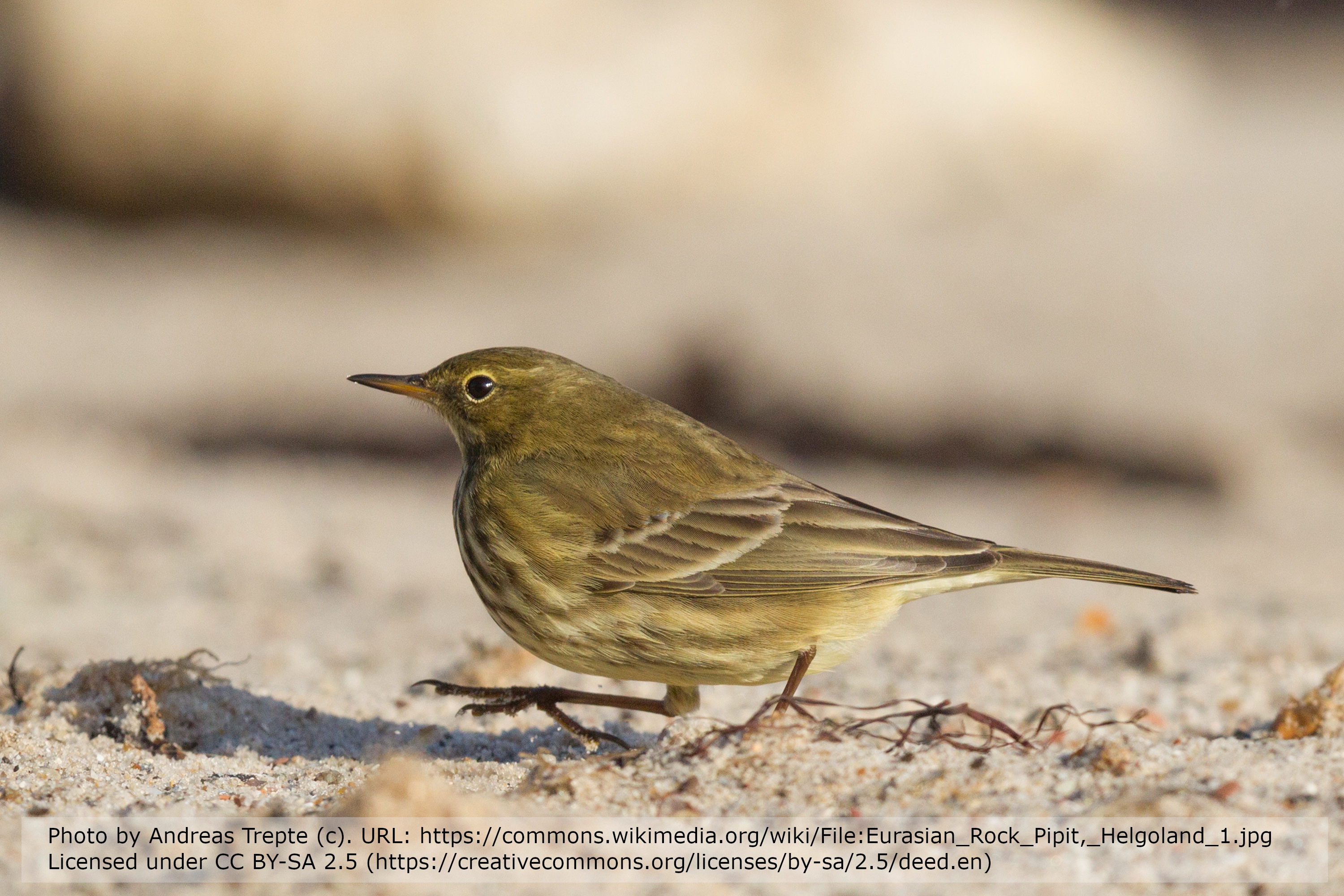Territory structure and breeding success of a unique population of Rock Pipit Anthus petrosus littoralis in harbour environment
DOI:
https://doi.org/10.34080/os.v15.22749Keywords:
urbanisation, predator-prey interaction, habitat selection, nest site selectionAbstract
A unique Rock Pipit Anthus petrosus littoralis population was established in an industrial environment in the harbour of Varberg in the late 1980s. It rose to 17 territories in 1994, then declined to extinction in 2004. In a detailed study (1993—1996), 57 territories were found (41 breeding pairs, 8 non-breeding pairs, and 8 unpaired males). Most nests lay on the ground but several up to 5.5 m above ground. 52 clutches were found: 38 first clutches, 19 failed; 9 replacement clutches, 6 failed; 5 true second clutches, 4 failed. 65% of the failures were caused by predators. Fledging success was 1.6 young per breeding attempt and 2.2 per breeding pair. 61% of males, 40% of females, but only 1% of fledglings returned to the study area in the following spring, adults always to the same territory. The establishment of this unique harbour population may be explained by habitat deterioration (higher vegetation, bushes), possibly enhanced by increasing predation, in adjacent natural coastal habitats. Later, harbour development and pavement of former weedy feeding grounds, and the high depredation of nests, explains the decline and extinction of the harbour population.
Downloads

Downloads
Published
How to Cite
Issue
Section
License
The copyright of each contribution belongs to the author(s), but all contributions are published under a Creative Commons license, so that anyone is free to share and reuse the contribution as long as the copyright holder is attributed.







